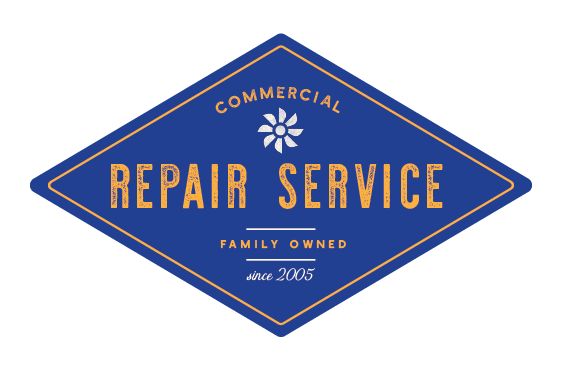Tips for Enhancing Indoor Air Quality in Commercial Buildings
With over four decades of expertise in Commercial and Residential repair and maintenance services, Commercial Repair Service is committed to delivering excellence in every aspect of facility management. In this article, we delve into the critical realm of indoor air quality (IAQ) and explore its significance in commercial buildings. IAQ is not only pivotal for the health and well-being of occupants but also plays a crucial role in enhancing productivity. Join us as we share invaluable insights and expert tips on improving indoor air quality in commercial buildings.
Understanding the Essence of Indoor Air Quality
Before we delve into our treasure trove of tips, let's first grasp why IAQ should be a top priority in commercial buildings. Commercial structures are often designed with a focus on energy efficiency, resulting in sealed environments that limit natural ventilation. This restricted airflow, combined with the presence of various pollutants, can lead to a concerning buildup of harmful particles, gases, and volatile organic compounds (VOCs). These pollutants stem from various sources, including cleaning products, furniture, carpets, and personal care items. Thus, enhancing IAQ is not merely an option but a necessity for the health and comfort of building occupants.
Regular HVAC Maintenance: The Cornerstone of Clean Air
The HVAC (Heating, Ventilation, and Air Conditioning) system is a primary contributor to indoor air quality. Over time, dust, dirt, and contaminants can accumulate in the ductwork and components of the HVAC system, compromising air quality. To ensure your HVAC system operates efficiently and delivers clean, fresh air, it's imperative to schedule regular maintenance and cleaning. We recommend engaging a professional HVAC technician for a comprehensive inspection and cleaning at least twice a year.
Prioritize Proper Ventilation
A well-designed ventilation system is paramount for improving IAQ. It should facilitate the influx of fresh outdoor air while efficiently expelling stale indoor air. For optimal results, consider complementing your ventilation system with air purifiers or air filters. These additions ensure the effective removal of airborne particles and pollutants, further elevating the quality of indoor air.
Combat Indoor Pollutants at the Source
Identifying and mitigating indoor pollutant sources is a crucial step towards achieving superior IAQ. Reduce the use of harsh cleaning products known for emitting strong fumes and VOCs. Instead, opt for eco-friendly, low-VOC alternatives that promote clean air. Encourage occupants to be mindful of the products they introduce into the building, as personal care items and artwork can also release pollutants. Additionally, select furniture and building materials that are low in VOCs and certified by reputable organizations such as GreenGuard.
Harness the Power of Indoor Plants
Beyond their aesthetic appeal, indoor plants are formidable allies in the battle for cleaner air. Certain plants possess air-purifying qualities and can effectively remove toxins from the environment. Consider incorporating plants like peace lilies, spider plants, and snake plants into common areas or individual workspaces to enhance IAQ. However, it's crucial to choose plants suitable for indoor environments and provide adequate care and maintenance.
Control Humidity Levels to Ward Off Mold and Bacteria
Maintaining optimal humidity levels is vital for preventing the growth of mold and bacteria, which can have dire consequences for IAQ. Invest in dehumidifiers to keep moisture levels in check, especially in areas prone to dampness, such as basements or bathrooms. Regularly inspect and repair any leaks or water-damaged areas, as these can contribute to humidity issues and mold growth.
Educate and Empower Occupants
Knowledge is power, and educating building occupants about IAQ is paramount for its preservation. Conduct training sessions or workshops to enlighten employees about the importance of IAQ and equip them with actionable tips for improvement. Encourage regular maintenance and cleanliness in personal workspaces, reducing indoor pollutant sources like clutter and food waste.
Enhancing indoor air quality in commercial buildings necessitates a comprehensive and multidimensional approach. Regular HVAC maintenance, proper ventilation, reduction of indoor pollutant sources, the introduction of indoor plants, humidity control, and occupant education are all integral components of this strategy. By implementing these expert tips, you can create a healthier, more productive environment for everyone within your commercial building.
Ready to take the next step in improving your indoor air quality? Contact Commercial Repair Service today to discover how we can transform your indoor environment for the better! Your health and comfort are our top priorities, backed by over 40 years of expertise in the field.
Call us today at 520-322-8001 or email us at request@commercialrepairservice.com

